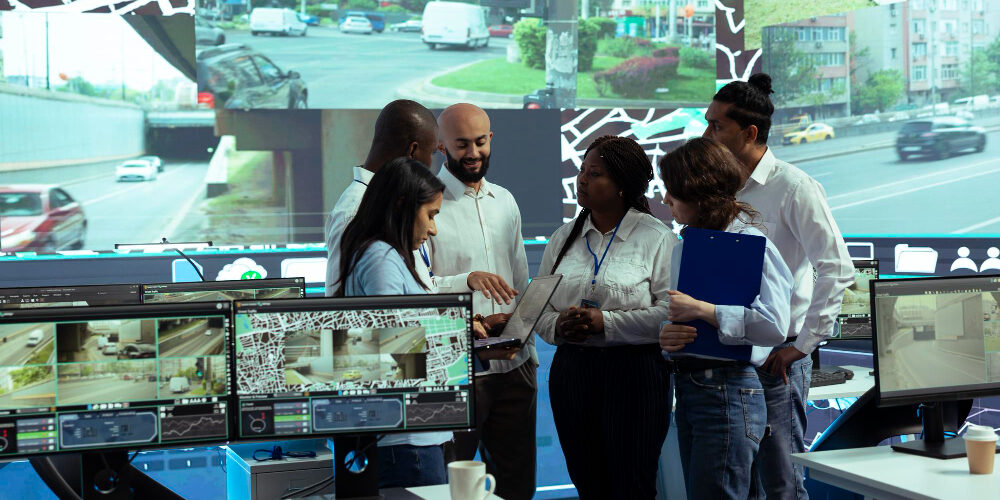As the world faces increasingly frequent and severe natural disasters, the emergency restoration industry is evolving rapidly to meet the growing demands. Advancements in technology and new trends are shaping the future of how restoration services are delivered, making them more efficient, effective, and environmentally friendly. For residents and businesses in Orlando, staying informed about these innovations is crucial. In this article, we’ll explore the future of emergency restoration and highlight how Orlando Cleaning Restoration is adapting to these changes.
Cutting-Edge Technology in Restoration
Technological advancements are at the forefront of the transformation in emergency restoration services. These innovations are not only speeding up the restoration process but also improving the quality of the outcomes.
- Drones and Aerial Imaging:
- Drones equipped with high-resolution cameras and thermal imaging are becoming essential tools for restoration professionals. They allow for quick and accurate assessment of damage, particularly in hard-to-reach areas. This technology enables Orlando Cleaning Restoration to provide faster estimates and identify critical issues that need immediate attention.
- Advanced Drying Equipment:
- New drying technologies, such as desiccant dehumidifiers and low-grain refrigerant dehumidifiers, are more efficient at removing moisture from the air and materials. These advanced tools help prevent mold growth and structural damage, ensuring a thorough restoration process.
- 3D Imaging and Virtual Reality:
- 3D imaging and virtual reality (VR) are revolutionizing the way damage is assessed and documented. Restoration professionals can create detailed 3D models of affected areas, providing a comprehensive view of the damage. This technology aids in accurate estimation, planning, and communication with clients and insurance companies.
Sustainable and Eco-Friendly Practices
As environmental concerns grow, the restoration industry is embracing sustainable practices to minimize the ecological footprint of restoration activities.
- Green Cleaning Products:
- Cleaning Restoration is increasingly using eco-friendly cleaning agents that are non-toxic and biodegradable. These products are safer for both the environment and the health of occupants returning to restored properties.
- Energy-Efficient Equipment:
- The use of energy-efficient equipment reduces the carbon footprint of restoration projects. Innovations in machinery and tools focus on reducing energy consumption while maintaining high performance in water extraction, drying, and cleaning.
- Waste Reduction and Recycling:
- Modern restoration practices prioritize waste reduction by recycling materials whenever possible. This approach benefits the environment, reduces disposal costs, and promotes sustainable building practices.
Enhanced Communication and Customer Service
Effective communication is crucial during the stressful period of disaster recovery. Innovations in communication technology are improving the customer experience and ensuring transparency throughout the restoration process.
- Mobile Apps and Real-Time Updates:
- Mobile apps developed for restoration services allow clients to receive real-time updates on the progress of their restoration projects. These apps provide a convenient platform for tracking work, communicating with restoration teams, and accessing important documents.
- AI-Powered Customer Support:
- Artificial intelligence (AI) is enhancing customer service by providing instant responses to queries and offering personalized assistance. AI-driven chatbots and virtual assistants can handle routine inquiries, freeing up human resources for more complex tasks.
Predictive Analytics and Disaster Preparedness
Predictive analytics is emerging as a valuable tool in emergency restoration, helping to anticipate and mitigate the impact of disasters.
- Risk Assessment Tools:
- Advanced software and algorithms analyze historical data and current conditions to predict potential disaster scenarios. This information allows Cleaning Restoration to develop proactive disaster preparedness and response strategies.
- Proactive Maintenance Programs:
- Predictive analytics enable the creation of proactive maintenance programs tailored to individual properties. Based on predicted risks, regular inspections and preventive measures can be scheduled, reducing the likelihood of severe damage and the need for extensive restoration.
Conclusion
Technological advancements, sustainable practices, and improved customer service are shaping the future of emergency restoration. As these innovations evolve, they make the restoration process faster, more efficient, and environmentally friendly. Orlando Cleaning Restoration is at the forefront of these changes, leveraging cutting-edge technology and sustainable practices to provide top-notch restoration services. By staying informed about these trends, residents and businesses in Orlando can better prepare for and respond to future emergencies, ensuring a swift and effective recovery.





